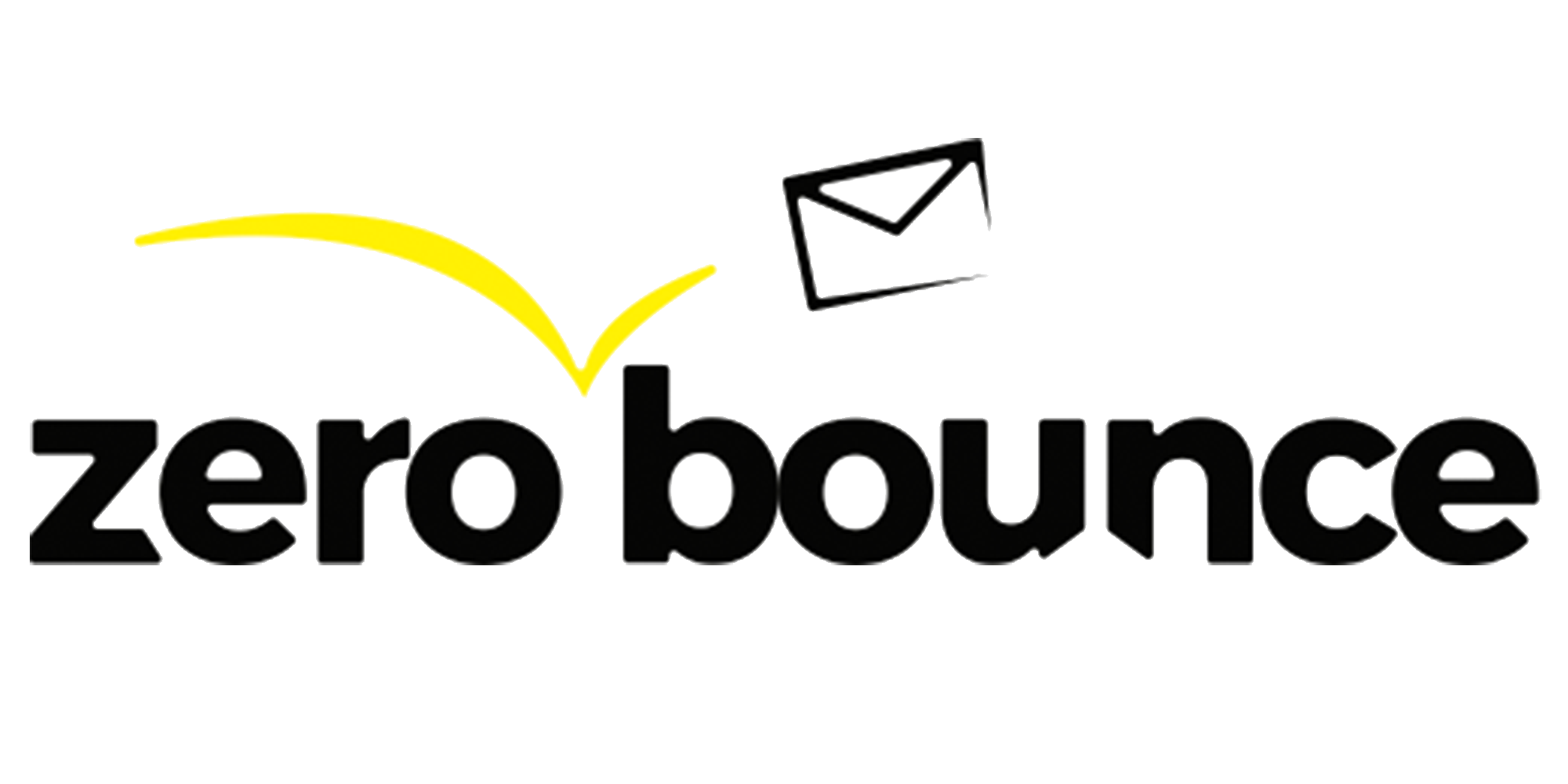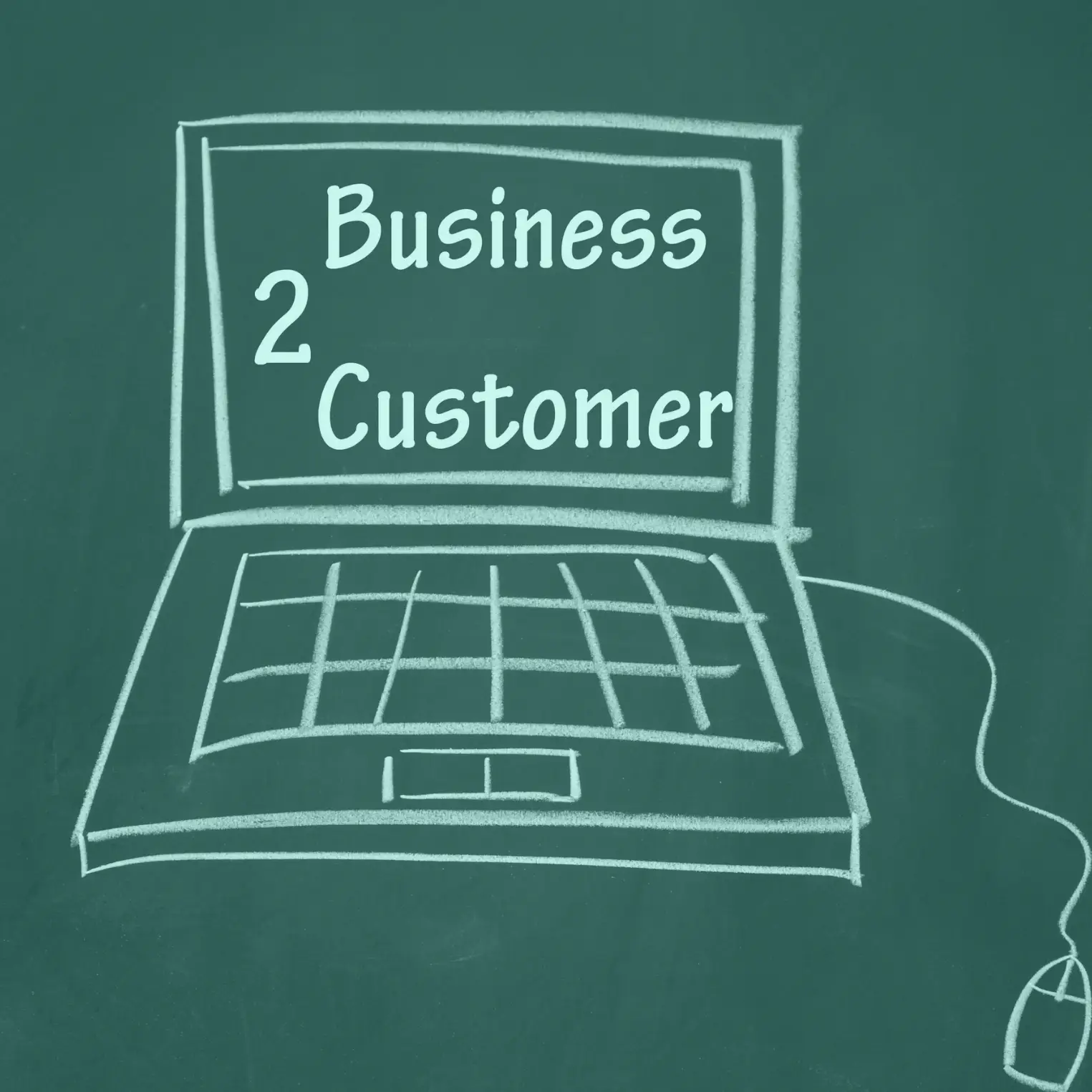Email Bounce Checkers
There’s nothing more frustrating than high bounce rates in email marketing campaigns. At the end of the day, this value greatly affects your email campaign’s reputation, credibility, and hurts the two most important values of them all – conversion rate and ROI.
But what is bounce rate in the first place?
Bounce rate is the number of failed send attempts to customer email addresses in your email campaign list. The math is simple. If you have 100 email addresses to send an email marketing message to, and only 70 receive the message, your campaign has a bounce rate of 30%.
This formula can be written as (#of bounced emails / #of sent emails) x 100%.
In a typical campaign, this theoretical bounce rate of 30% is a source for a red flag.
So, how do you deal with it?
By using email bounce checkers.
Otherwise known as email verifiers, email bounce checkers ensure that the email addresses in your email campaign list are valid and direct to a legitimate consumer, not a malicious user.
These software tools use a combination of domain verification and complex algorithms to ensure that the emails provided in the email list are real, valid, not malicious, and active to improve open rates and reduce the dreaded bounce rate.
So, which one should you go for?
That’s what this piece will be answering. So, read on.
Launched in 2014, NeverBounce is one of the fastest-growing email bounce checkers in the industry. Currently, the company has over 100,000 clients, with big names such as Uber, Dell, and Harvard Medical School using their services.
Primarily, NeverBounce offers single email verifications and bulk email list verification. Its services extend from not only validating email servers and ensuring that there are no syntax errors but also removing duplicate emails, blacklisted emails, and checking whether domains are live or not.
Pros
- Superior deliverability rate – NeverBounce boasts of deliverability rates of up to 99.9%. This means nearly all your email marketing campaigns will never bounce (seriously, no pun intended).
- Instant bounce analysis – NeverBounce tells you whether your list needs some cleaning just before you mass broadcast an email. Even better, this feature is included in all plans, free of charge.
- Developer friendly – you can easily integrate NeverBounce with your current tech stack, thanks to their easy to use API Wrappers.
Cons
- Pricing can get expensive – NeverBounce is best suited for fast-growing startups. Otherwise, it’s pricing quickly inflates, making it not the go-to choice for most small businesses.
ZeroBounce is another great email bounce checker that provides more or less the same services as NeverBounce. This email list cleaning service has a reputation for great bounce detection, spam trap detection, and abuse or fake email detection.
The great thing about this service is that it helps build a better reputation for the sender. This is important if you wish to improve your email open rates and conversion rates.
The company also uses an email scoring system. Known as the ZeroBounce AI, this system offers in-depth feedback on overall email activity levels and catch-all emails.
Pros
- Superb verification – Zero Bounce does well in identifying spam traps, temporary emails, abuse, and catch-all. Thus, your email reputation is not harmed.
- Great customer support – ZeroBounce comes with 24/7 customer support.
- Free elimination of duplicates – ZeroBounce eliminates duplicates at no additional cost.
Cons
- Limited freemium – ZeroBounce offers a freemium subscription, but this is only good for 100 monthly email cleaning credits.
Bouncer is also among some of the most well-known email bounce checkers in the industry. It boasts of coverage in well over 100 countries, with top brands such as Airbnb and IBM trusting their services for their email campaigns.
Bouncer is sold as a SaaS (Software as a Service). On top of that, the checker uses a robust API which developers can use to add verification directly to their apps and services, further streamlining their services with the app flow or process.
Pros
- Multi-tier email verification – Bouncer validates not only the sender’s email address but also the DNS and MX records. It also checks the connection to the SMTP server plus the email syntax.
- High verification accuracy – Bouncer boasts of an incredible verification accuracy of 99%.
Cons
- No duplicate removal – sadly, Bouncer does not offer removal of duplicate emails. DEA detection is also not provided by default.
XVerify is strictly focused on not only reducing bounce rates but also making sure your email campaign and users are heavily protected. With Xverify, you not only get improved email deliverability rates but also protection against fraud, hard bounces. Thus, you get reduced complaints.
Xverify employs modern features such as data intelligence to do this. Even better, Xverify exposes an API that gives developers even more power and control over the verification process.
On top of that, Xverify also features a large drag and drop uploader plus access to FTP for managing and uploading large data sets.
Pros
- Support for both big providers and business domains – Xverify accurately verifies emails from not only big providers such as Yahoo and Gmail but also business domains such as you@yoursite.com.
- Easy to use – you can verify emails using this service by either integrating the API to the webform or uploading the list to the intuitive, easy-to-use, self-service platform.
Cons
- There’s no free trial – Xverify doesn’t offer a free trial for its services. Rather, pricing starts at $0.0092 for 0 – 5.0K emails per month.
Compared to other email bounce checker solutions, Mailfloss is among the few that offer automation. One of their most unique features is the Autofloss. This is automated, daily, email verification.
Mailfloss also carries out automatic subscription management, with automatic unsubscribe/delete. Contacts are also automatically updated through tagging or custom fields.
This means that, automatically, Mailfloss deals with hard bounces, fake email addresses, and typos.
To set things up, all you need to do is add your supported email service provider (ESP), set your preferences, then have Mailfloss automatically clean up the email list and verify the emails daily.
Pros
- Superb automation – unlike other email bounce checkers, Mailfloss offers unparalleled automation that ensures your list is updated and cleaned daily.
- Integration with Zapier – Mailfloss can connect to other third-party apps such as Zapier to further streamline the email marketing process in your business.
Cons
- The options can get intimidating – as you explore this service more, the number of additional options can become intimidating and overwhelming.
Just like most services mentioned in this list, EmailListVerify is also a big player in the email bounce checkers industry. Big names such as Rackspace, MailChimp, and Shopify use this service to verify the authenticity of email addresses before attempting to send emails to the intended recipients.
To date, EmailListVerify has scanned well over 5 billion email addresses. This makes them one of the most experienced checkers in the business too.
Pros
- Email verification API – EmailListVerify provides an API that you can use to verify emails in real-time during registration, filling contact forms, or opt-in forms. This allows you to block form submissions until a valid email address is provided.
- Wide integrations – EmailListVerify integrates with a host of major email marketing platforms such as MailChimp. This makes it easy to add to your normal email marketing workflow.
Cons
- Wrong flags – in a few instances, some users have complained that this checker falsely flags work emails as disabled.








